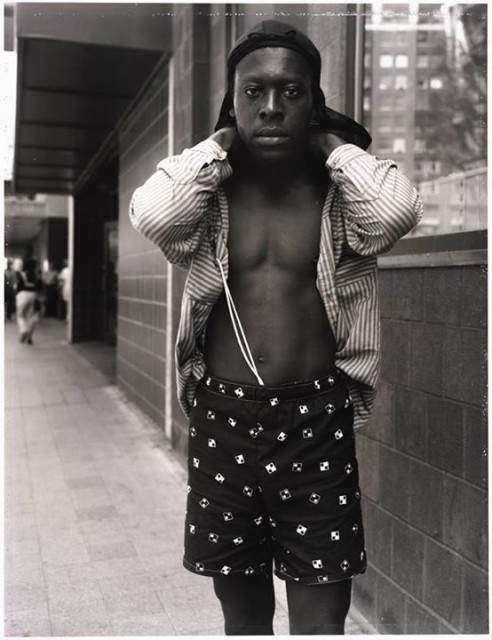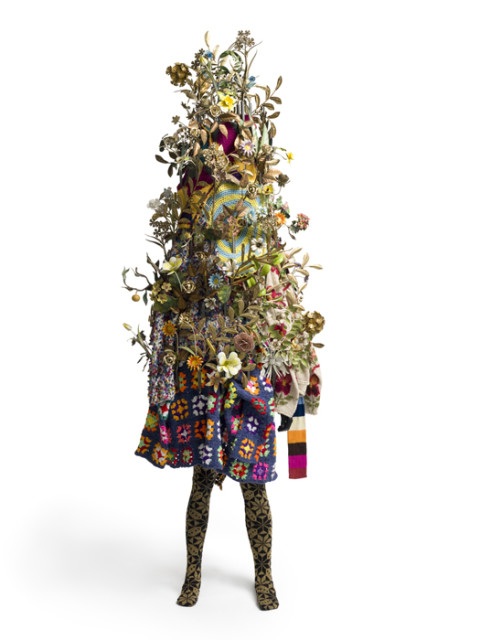These days, nearly everyone carries around “portraits” in their purse or back pocket — selfies with cityscapes in the background, snapshots of friends and family hovering over a food trend, all filtered for maximum drama. Though Instagram has ultimately diluted the special, long-ago ritual of preparing and sitting for portraits, millions of people worldwide use self-portraits to express or create alternate identities.
In Portraits and Other Likenesses from SFMOMA, a San Francisco Museum of Modern Art On the Go show currently on view at the Museum of the African Diaspora, the artists and curators take the idea of portraiture a step further. This wide-ranging collection of portraits covers a variety of mediums, including installation, painting, photography, sculpture and film. Some pieces date back nearly 100 years while some of the artists come from distant continents, revealing the socio-cultural complexities and evolution of portraiture by artists of the African diaspora.

Nowhere else are these complexities better represented than in Nigerian-American artist Njideka Akunyili Crosby’s Wedding Portrait, a vibrant multi-material collage depicting the young artist in traditional Nigerian clothing, kneeling before her casually dressed white American husband. The contrasts in the piece catch the eye instantly, but offer no simple explanation of this moment in her life.
Glenn Ligon’s Narratives project is equally powerful. Using the format of 19th-century slave narratives, the artist documents his own life as a gay black man in 1990s America. The series also serves as commentary on the social construct of “blackness,” as does Dawoud Bey’s A Young Man in a Bandana and Swimming Trunks, Rochester, New York.
Bey’s black and white photograph, taken in 1989, captures the subject looking intensely and directly into the camera. In the accompanying wall text, a quote from Bey reads, “It was not too long ago in this country’s history that a black person could be killed for looking a white person in the eye.” In light of the charges brought against Baltimore police officers in the death of Freddie Gray, a young African-American man who died shortly after being arrested in April, this photograph is more powerful and relevant than ever.

Artist Nick Cave also addresses issues of violence against black men through sculptural means, represented in this exhibition by Soundsuit. The piece references the busy, celebratory African and Caribbean ceremonial costumes brought to life by dancers. Yet it also manifests the weight of history, becoming both a form of armor and a source of noisy protest. Cave first experimented with the form as a way to express his feelings after the police beating of African-American taxi driver Rodney King made national news headlines in 1991.
With work addressing media representation, the Harlem Renaissance, the civil rights movement and intercultural roots, Portraits and Other Likenesses encompasses just a glimpse of the evolution, beauty and pain of African diaspora identity spanning the past century. And although this collection is by no means representative of 100 years of portraiture, the classic and contemporary exploration of self through these portraits offers a meaningful and welcome alternative to our fast paced, Instagram-saturated world.